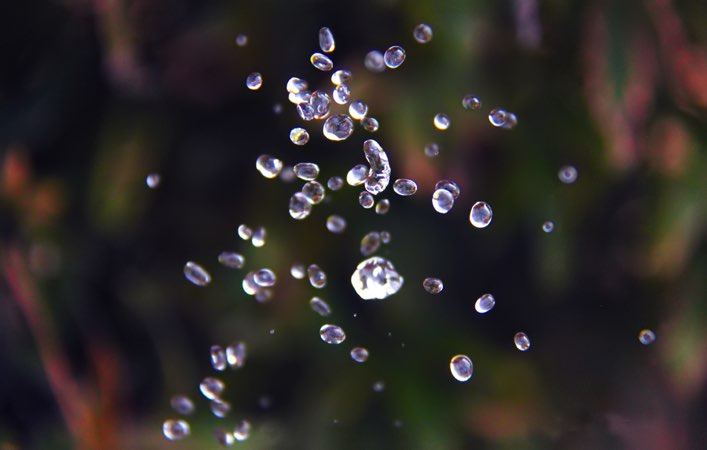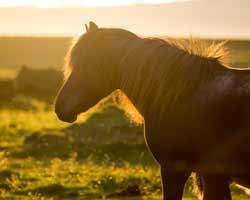Photo by Hema Narayanan
‘Water Diamond’ is a phrase that stuck with me ever since I read about the paradox of value- and this was long before I became a photographer. The paradox is an apparent contradiction- that water, a commodity that is essential to life, is cheaper than diamonds, despite the fact that diamonds do not have such a crucial importance to life. This is also referred to as the diamond-water paradox.
As a photographer, what I like to call ‘Water Diamonds’ are among my favorite forms of water- a subject that I highly recommend you experiment with yourself. To date, I am enchanted. Each time I release my camera shutter, I’m able to capture drops of water, creating my own form of the ‘Water Diamonds’ by way of a crystal clear composition.
The power of the Shutter Speed, as we know, helps a photographer freeze action or motion. With specific reference to water here, it charms the photographer with its ‘presentation’ - myriad and dynamic. Cascading water, raging rivers or surging white water rapids are exciting to watch and photograph. Water can be dramatic as a waterfall, vast like an ocean, ferocious like a winding river, casual as a fountain or simply playful like the droplets we’re working with here.
Most times, waterfalls are subjects that landscape photographers go after. Freezing drops of water like we will here might seem a bit too casual, but an attempt to create ‘water diamonds’ might be a bit more interesting- I mean, you just froze water!
With this idea of creating water diamonds, here are a few tips:
- Source:
Look for a water source, as simple as a fountain or even a garden hose, which will create droplets of water, spurting out regularly
- Background:
Having a colorful background is a good idea, since it makes your droplets or diamonds, stand out. Try to choose a darker background instead of a lighter one.
- Mode:
Shoot with the shutter-priority mode or Manual mode, per your choice. If you are shooting in Manual, you can use an aperture of f/4 and manipulate the shutter.
A speedy shutter means that you can stop the action. In turn you will be able to frame every droplet of water poised in the air as it shoots out of your source. However, do remember that you need a large amount of light in order to work with a fast shutter. Hence choosing a well-lit area (preferably) is suggested and you could compensate the rest, with permissible higher ISO. Furthermore:
- Use a fast shutter speed when you want to freeze the drops:
Start with a 1/800 sec, evaluate the image you click and make it faster as needed to create those ‘water diamonds.’ The ‘shape of the diamond’ you click is what you need to look at. Base the value of your shutter speed upon this.
- Higher ISO, as necessary:
If needed, increase the ISO setting since you are using a fast shutter speed. Base this decision on the light you have around your subject. Don’t increase the ISO too high or you’ll end up with a noisy image; use a tripod instead.
- Focus is crucial:
Ensure you focus on a selected region, to enable you to lock-in your focus on a few ‘chosen’ drops to create sharp water diamonds. Many recent cameras have cross-type focusing sensors that work very well when focusing on images with horizontal and vertical patterns).







